Zapraszam Was dzisiaj na spacer po Gliwicach – moim rodzinnym mieście.
Today I invite you for a walk around Gliwice – my hometown.
Gliwice są starym miastem, którego historia sięga XIII wieku. Prawdopodobnie zostały założone w roku 1254, natomiast najstarsza wzmianka pisemna o mieście pochodzi z roku 1276. Gliwice w najwcześniejszym swoim okresie należały do Piastów górnośląskich i leżały w obrębie Księstwa opolsko-raciborskiego. Był to okres rozbicia dzielnicowego ziem polskich. W XIV wieku Gliwice stanowiły część lenna władców czeskich z rodu Przemyślidów. W latach 1430-1431, Gliwice były opanowane przez husytów. Od 1525 roku, wraz z wymarciem ostatnich Piastów, Gliwice weszły w skład Monarchii Habsburgów. W 1742 roku przypadły Królestwu Prus. Po I wojnie światowej, nie udało się odzyskać Gliwic dla Polski, gdyż 78,7% mieszkańców głosujących w plebiscycie opowiedziało się za pozostaniem w granicach Niemiec. W 1939 roku miała miejsce prowokacja gliwicka, związana z tutejszą radiostacją. 24 stycznia 1945 miasto zostało zdobyte przez Armię Czerwoną, po czym wróciło do granic Polski (rozumianej jako spadkobierczyni m.in. ziem piastowskich). Z racji, że większość ludności wówczas stanowili wysiedleni po wojnie Niemcy, na ich miejsce sprowadzono ludność polską z utraconych na rzecz ZSRR Kresów.
Gliwice is an old city, whose history dates back to the 13th century. It was probably founded in 1254, while the oldest written mention of the city comes from 1276. In its earliest period, Gliwice belonged to the Upper Silesian Piasts and was located within the Duchy of Opole-Racibórz. This was a period of feudal fragmentation of Polish lands. In the 14th century, Gliwice was part of the fiefdom of the Czech rulers from the Przemyslid dynasty. In the years 1430-1431, Gliwice was taken over by the Hussites. From 1525, with the extinction of the last Piasts, Gliwice became part of the Habsburg Monarchy. In 1742, it fell to the Kingdom of Prussia. After World War I, it was not possible to regain Gliwice for Poland, as 78.7% of the residents voting in the plebiscite voted for remaining within the borders of Germany. In 1939, the Gliwice incident took place, connected with the local radio station. On January 24, 1945, the city was captured by the Red Army, after which it returned to the borders of Poland (understood as the heir of, among others, the Piast lands). Since the majority of the population at that time were Germans displaced after the war, the Polish population was brought in from the Kresy lost to the USSR.
Na pierwszych dwóch zdjęciach widzimy gliwicki Kościół Ewangelicko-Metodystyczny. Budynek pochodzi z 1899 roku.
The first two photos show the Gliwice Evangelical Methodist Church. The building dates back to 1899.
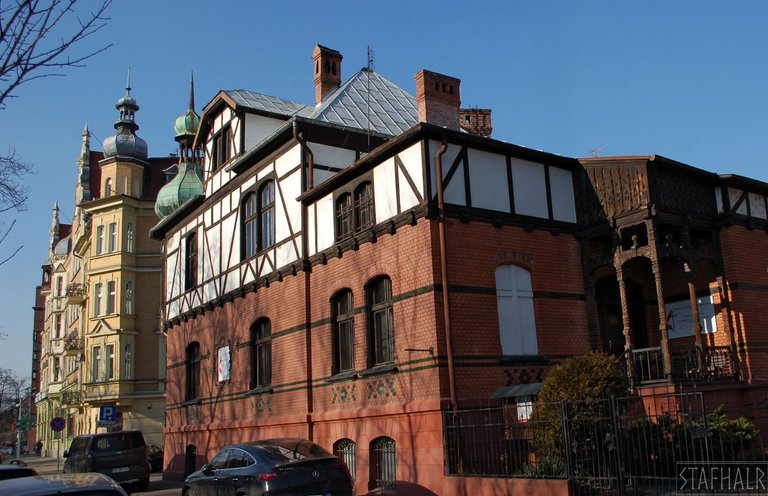
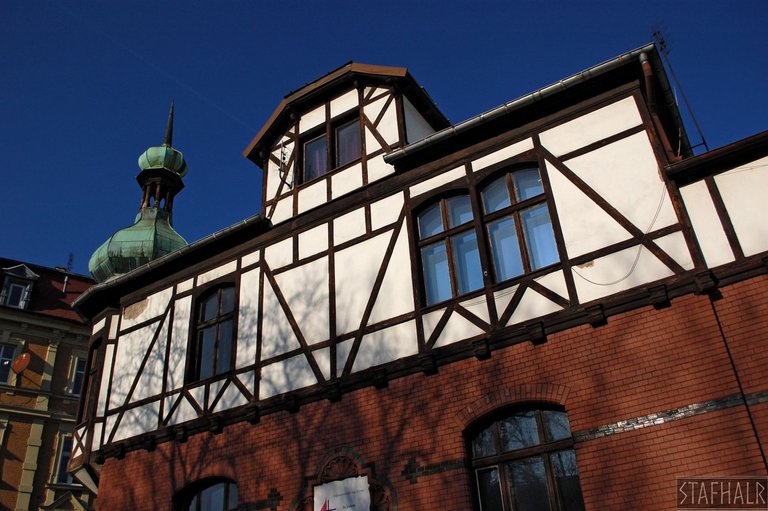
Kamienica na rogu ulic Kłodnickiej i Zwycięstwa.
Tenement house on the corner of Kłodnicka and Zwycięstwa streets.

Dom towarowy Ikar zbudowany w latach 1925-1930. Jeszcze w czasach mojego dzieciństwa, w latach 80 i 90 był ważnym miejscem handlowym, gdzie m.in. kupiłem swój pierwszy komputer w 1992 roku. Dzisiaj w większości znajdują się tam biura.
The Ikar department store was built between 1925 and 1930. Even in my childhood, in the 80s and 90s, it was an important shopping place, where, among other things, I bought my first computer in 1992. Today, it is mostly offices.

Kamienica na rogu ulic Zwycięstwa oraz Prymasa Stefana Wyszyńskiego.
Tenement house on the corner of Prymasa Stefana Wyszyńskiego and Zwycięstwa streets.
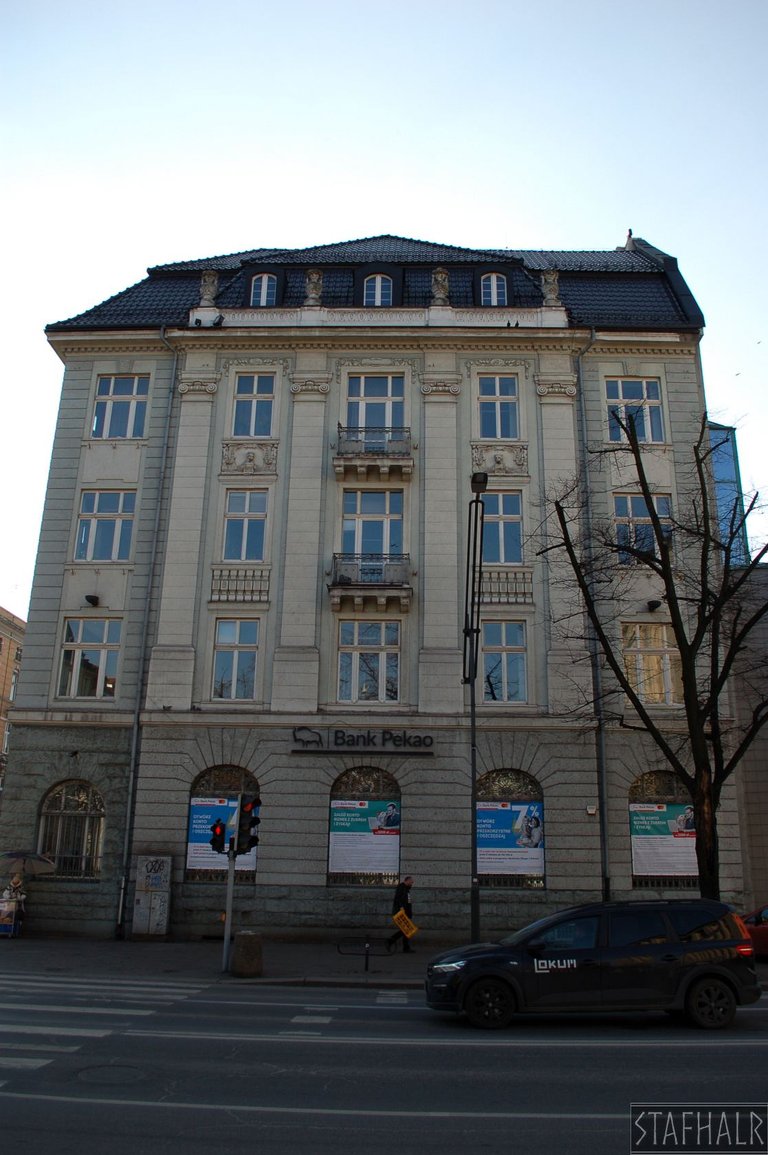
Urząd Miejski w Gliwicach i jego otoczenie. Zwracają uwagę zwłaszcza charakterystyczne „diabełki”, czyli Fontanna z trzema faunami, odlanymi z żeliwa w Hucie Gliwice w 1928 roku. Cokół jest autorstwa Hansa Dammanna, natomiast odlew faunów jest prawdopodobnie dziełem gliwickiego rzeźbiarz Petera Lippa.
The City Hall in Gliwice and its surroundings. Of particular note are the characteristic "devils", i.e. the Fountain with three fauns, cast in cast iron at the Gliwice Steelworks in 1928. The pedestal was made by Hans Dammann, while the casting of the fauns is probably the work of Gliwice sculptor Peter Lipp.
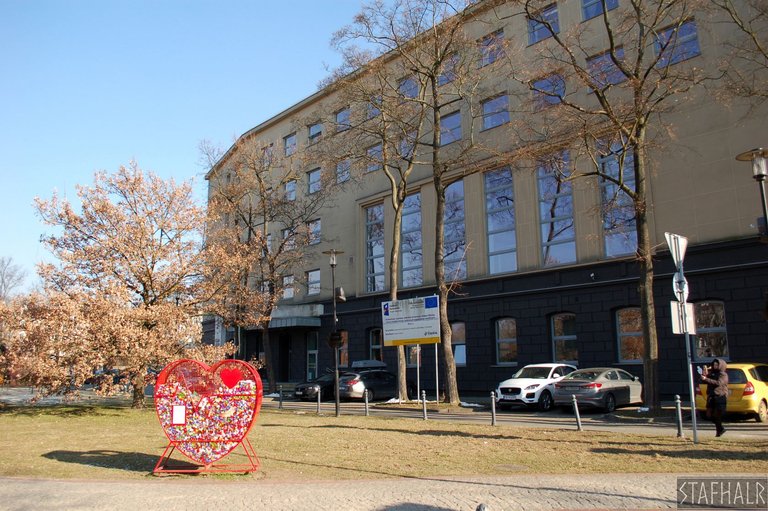
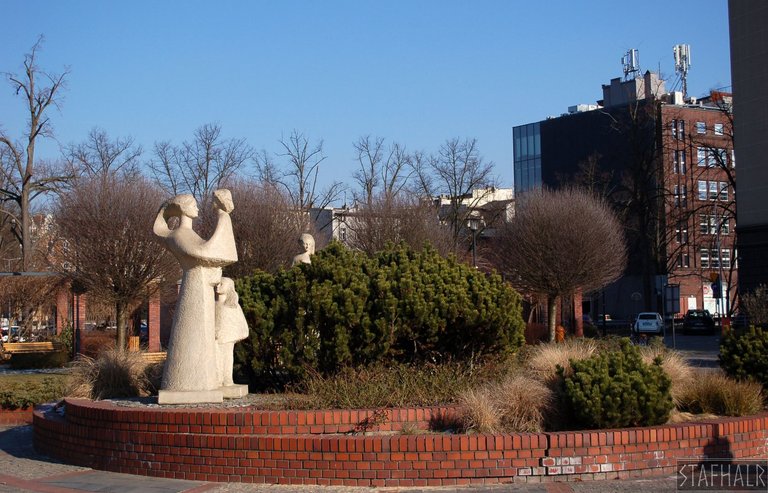
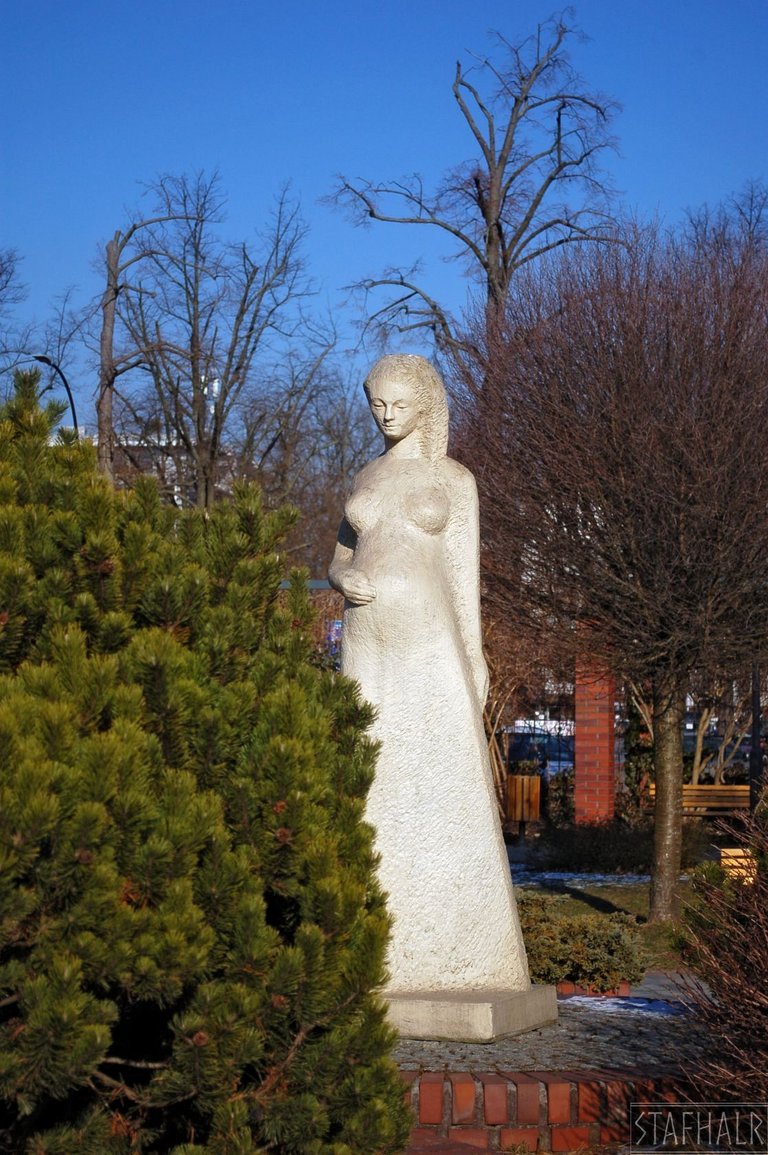
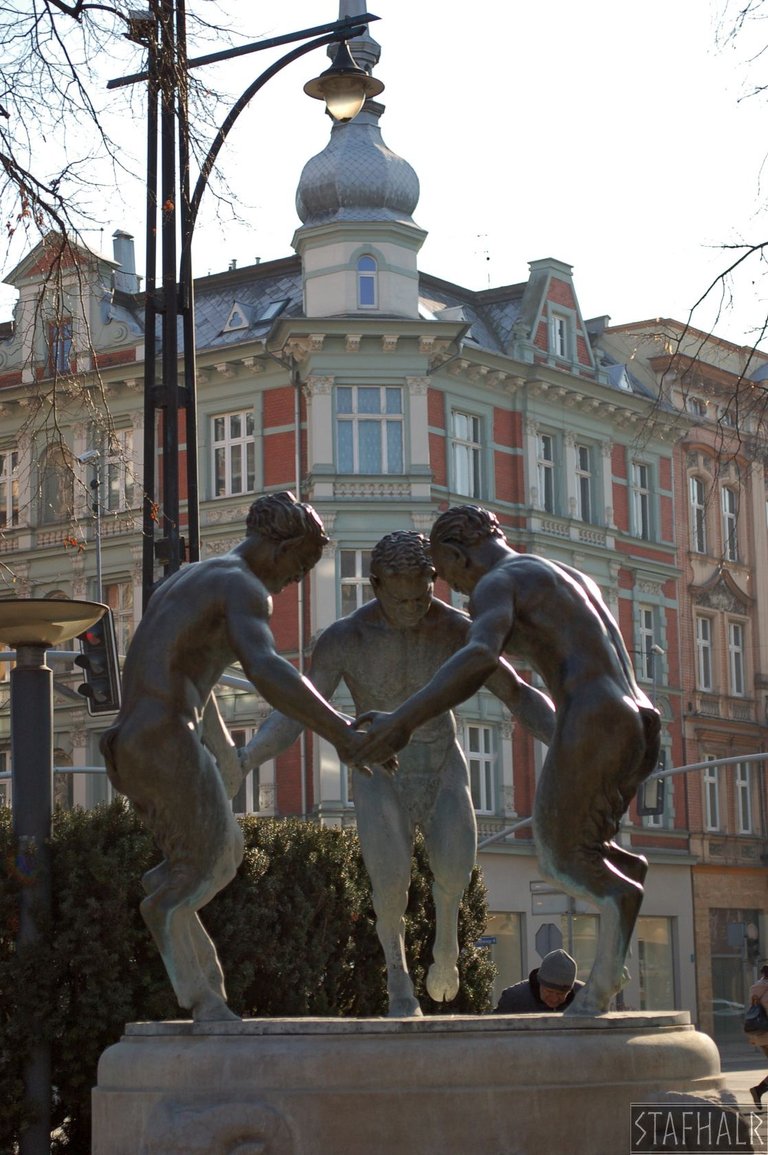
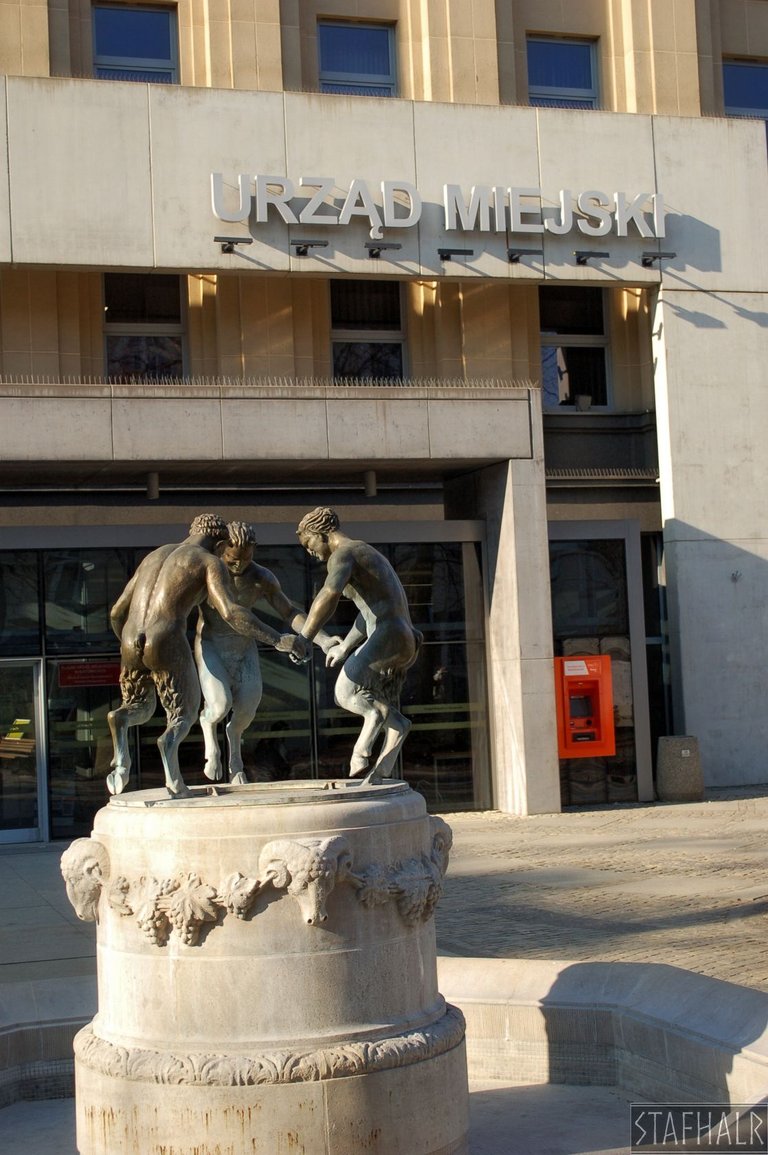
Kamienica na przeciwnym rogu ulic Zwycięstwa i Prymasa Stefana Wyszyńskiego
Tenement house on the corner of Prymasa Stefana Wyszyńskiego and Zwycięstwa streets.
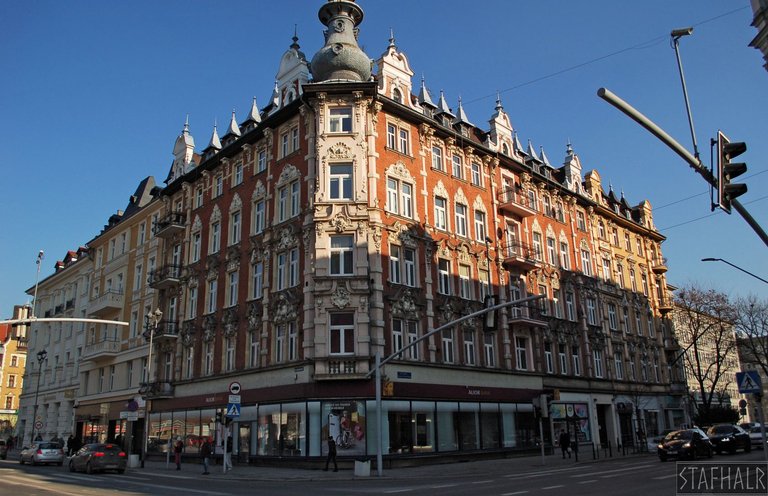
Budynek dawnej Poczty Głównej, pochodzący z 1906 roku. Poczta znajdowała się tam aż do 2016 roku. Obecnie budynek jest własnością prywatnej firmy.
The building of the former Main Post Office, dating from 1906. The post office was located there until 2016. The building is currently owned by a private company.
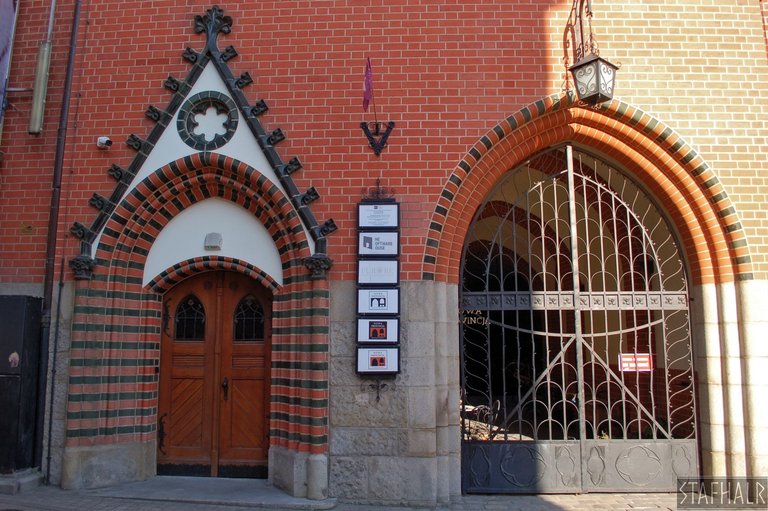
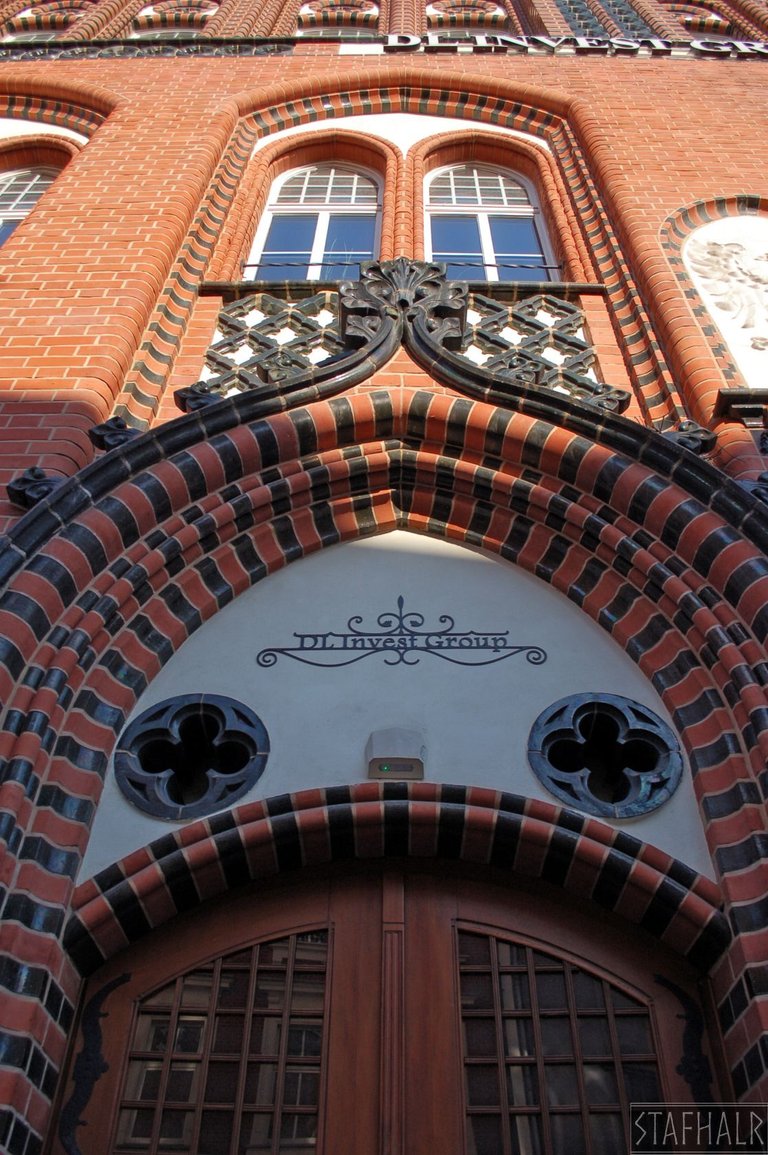

Kino Amok – scena Bajka (w użytku od 1928 roku).
Amok Cinema – Bajka stage (in use since 1928).
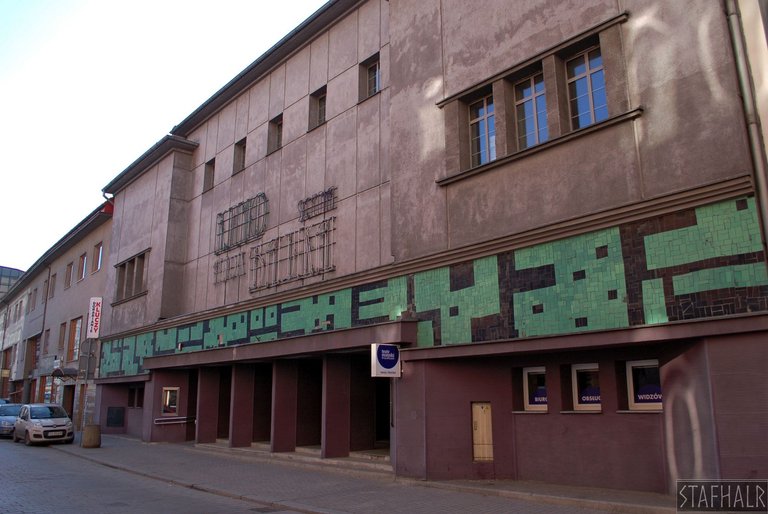
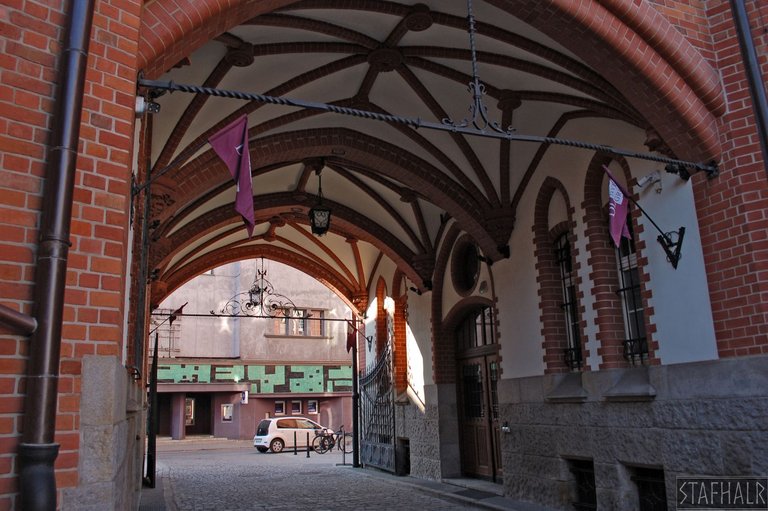
Dom chleba – Społem. Jeden ze starszych, wciąż funkcjonujących sklepów na ulicy Zwycięstwa.
House of Bread – Społem. One of the older, still operating stores on Zwycięstwa Street.
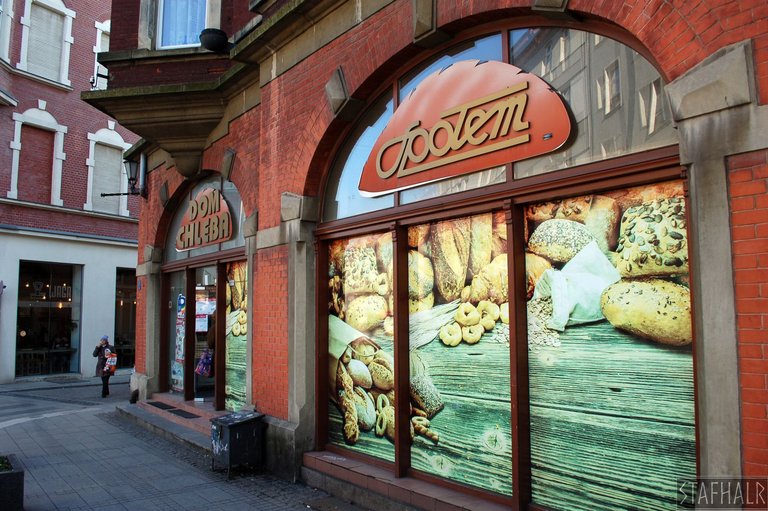
Księgarnia Świętego Jacka – znajduje się u progu gliwickiego Rynku od kiedy sięgam pamięcią.
Saint Jacek's Bookstore – has been located at the threshold of the Gliwice Market Square for as long as I can remember.
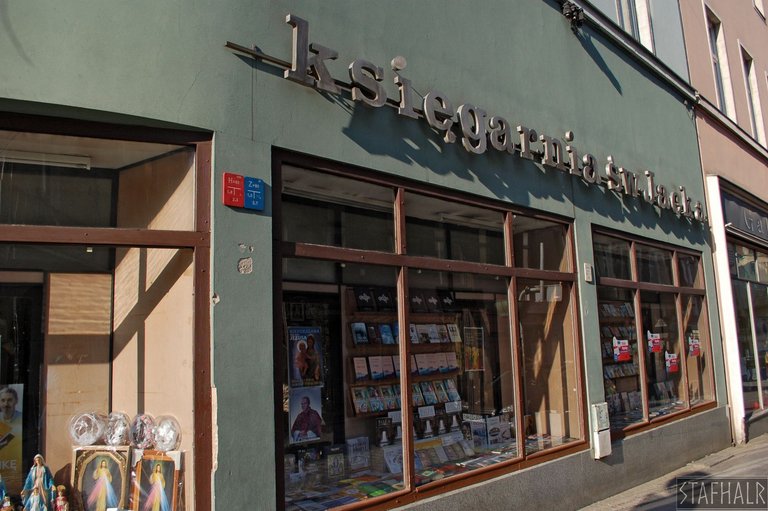
Rynek w Gliwicach. Jego wielkość to 75 x 75 metrów. Kamienice pochodzą w większości z XIX i XX wieku. Na środku Rynku stoi Ratusz – pierwotnie zbudowany już w XIII wieku, jednak wielokrotnie odbudowywany na nowo i przebudowany w XIX wieku w takiej formie, jaką widzimy obecnie. Rynek, razem z kamienicami odbudowano i naprawiono po zniszczeniach wojennych w 1946 roku. Na Rynku w Gliwicach znajduje się też bardzo charakterystyczna Fontanna z Neptunem. Została wybudowana w roku 1974 przez Johannesa Nitschego, rzeźbiarza z Opawy.
The Market Square in Gliwice. Its dimensions are 75 x 75 meters. The tenement houses are mostly from the 19th and 20th centuries. In the middle of the Market Square stands the Town Hall - originally built in the 13th century, but rebuilt many times and rebuilt in the 19th century in the form we see today. The Market Square, together with the tenement houses, were rebuilt and repaired after the war damage in 1946. The Market Square in Gliwice also has a very characteristic Fountain with Neptune. It was built in 1974 by Johannes Nitsche, a sculptor from Opava.

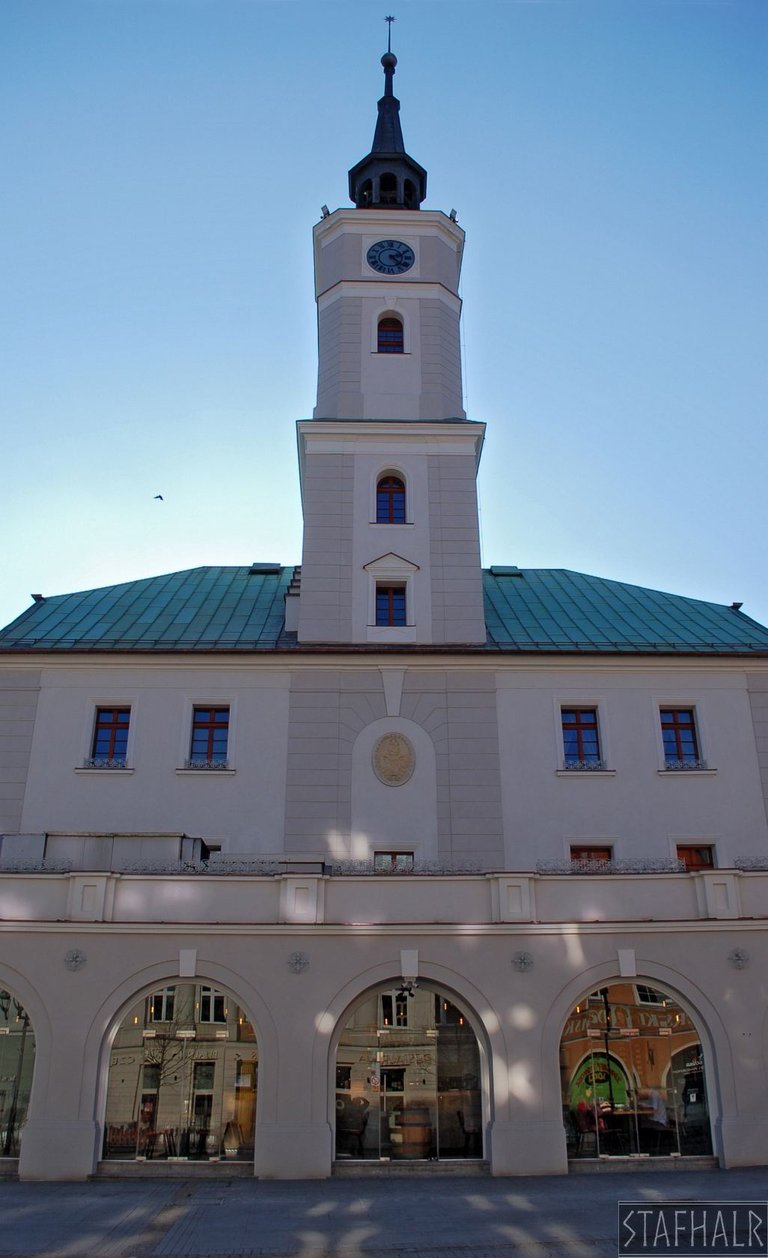
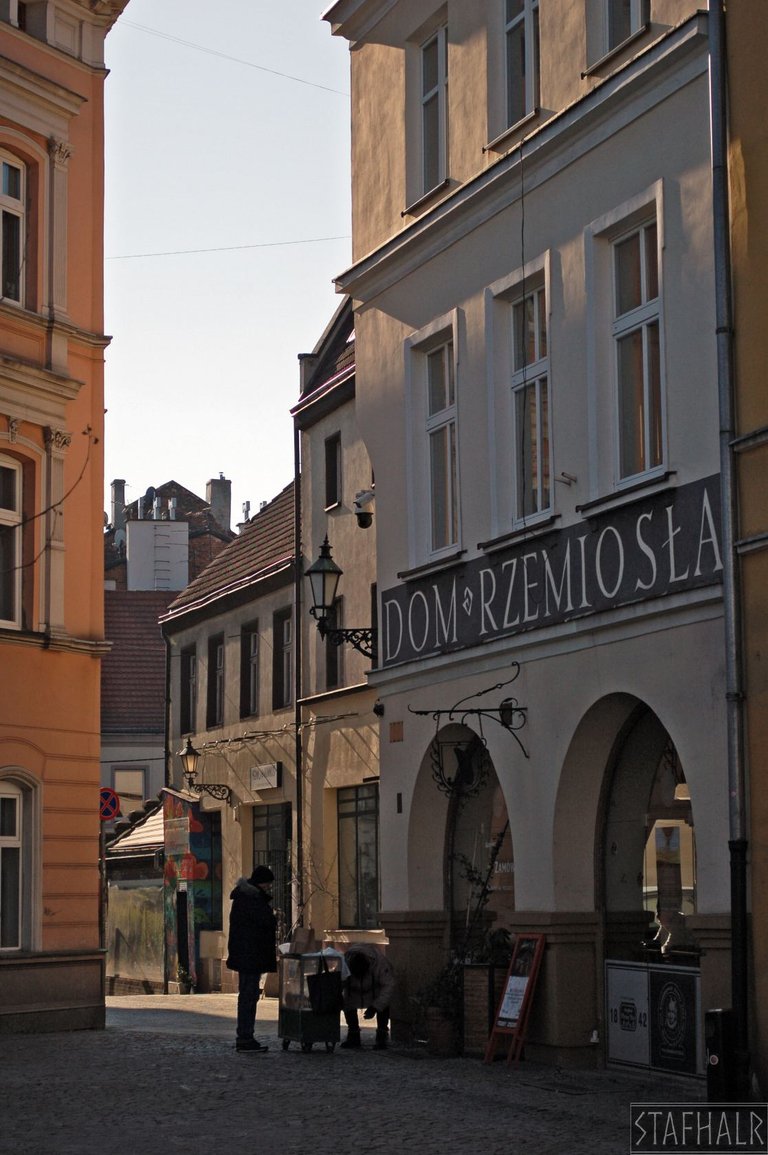
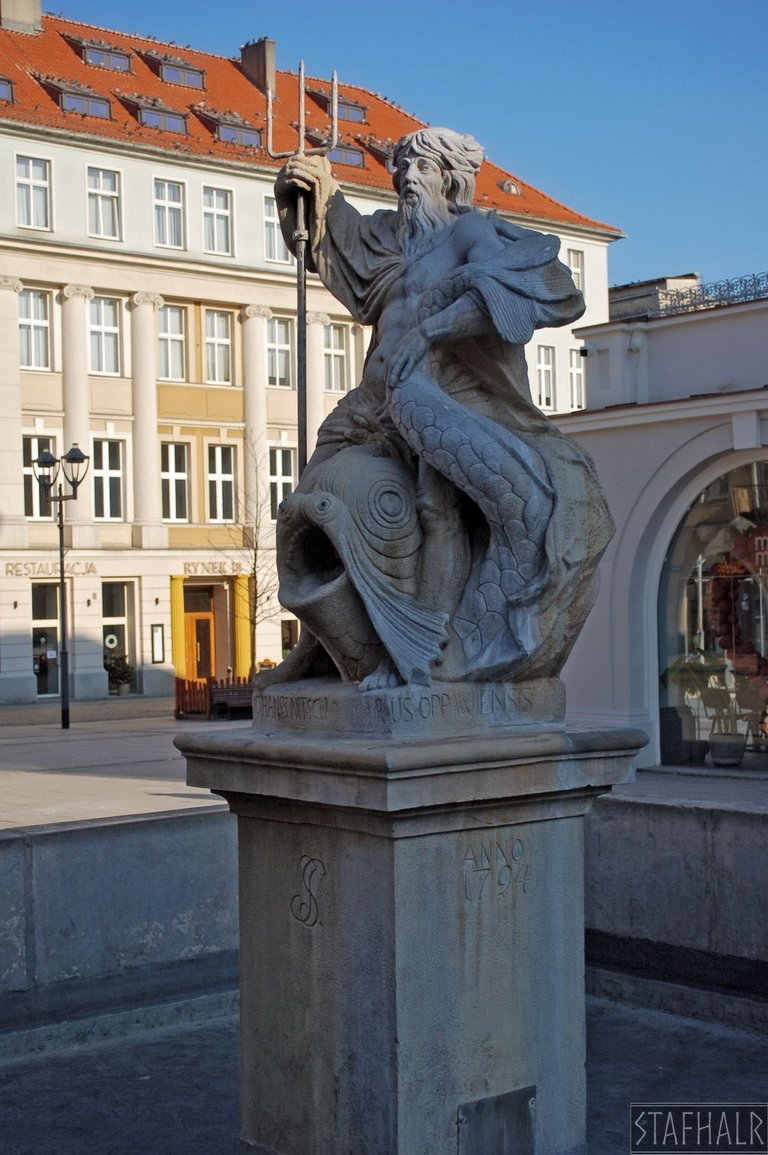
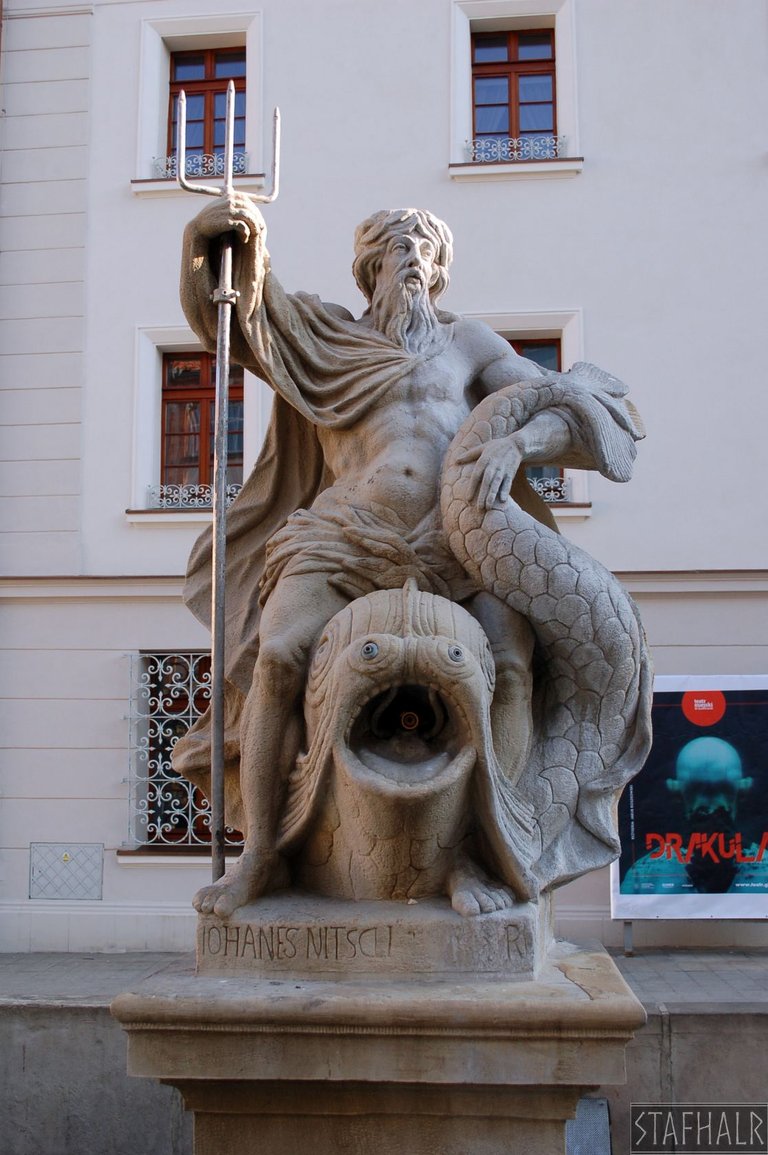
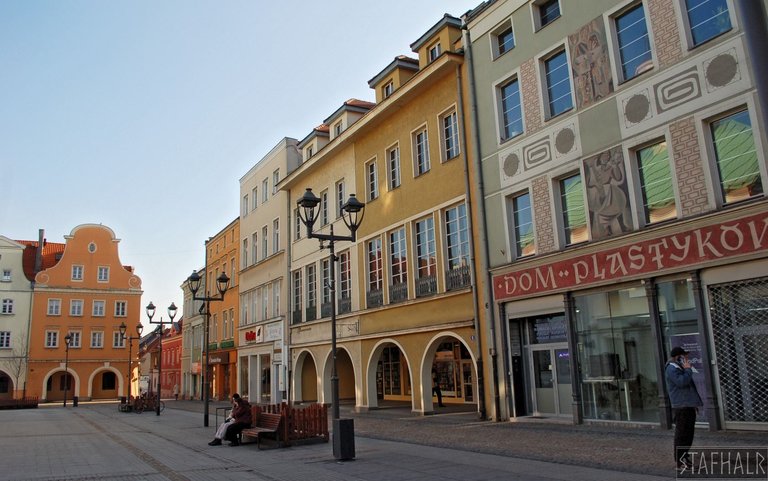
Dom Alchemika - ciekawy bar przy ulicy Raciborskie, niedaleko Rynku.
Dom Alchemika - an interesting bar on Raciborska Street, near the Market Square.
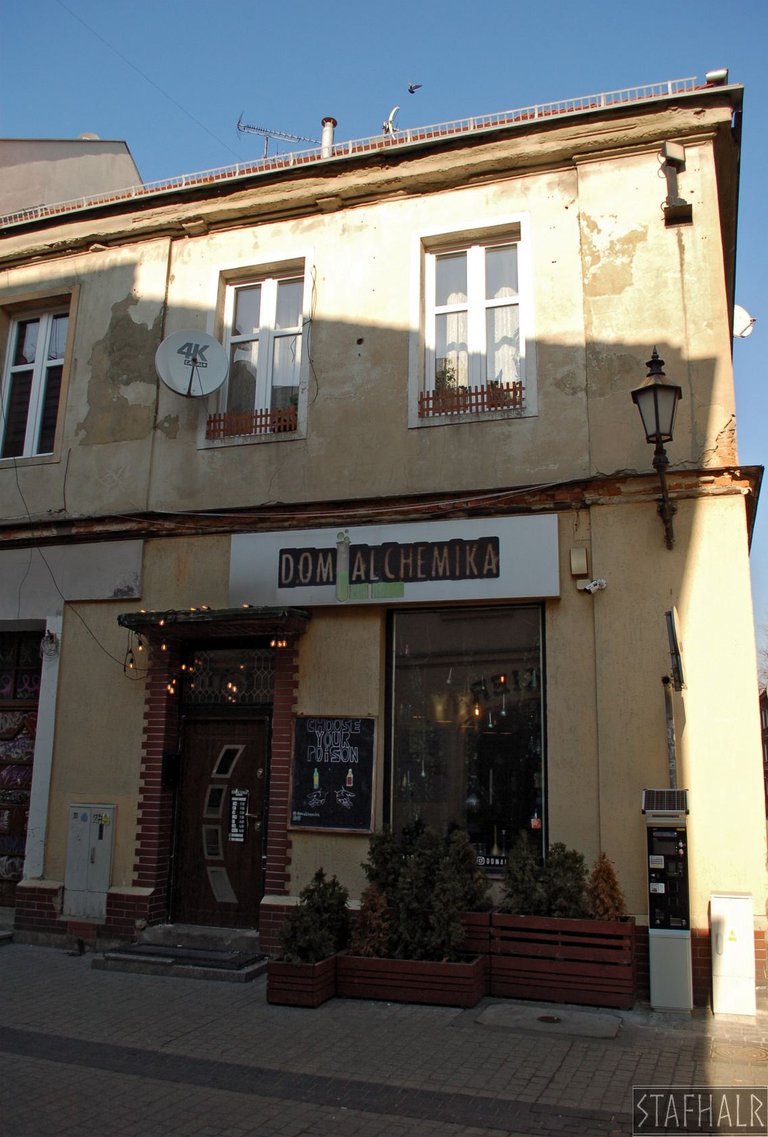
All photographs © Stafhalr 2025
An excellent display of architecture, art, and street photography! A round of applause and thanks for sharing @stafhalr friend!... Great article!
!discovery 30
!PIZZA
This post was shared and voted inside the discord by the curators team of discovery-it
Join our Community and follow our Curation Trail
Discovery-it is also a Witness, vote for us here
Delegate to us for passive income. Check our 80% fee-back Program
$PIZZA slices delivered:
(4/15) @jlinaresp tipped @stafhalr